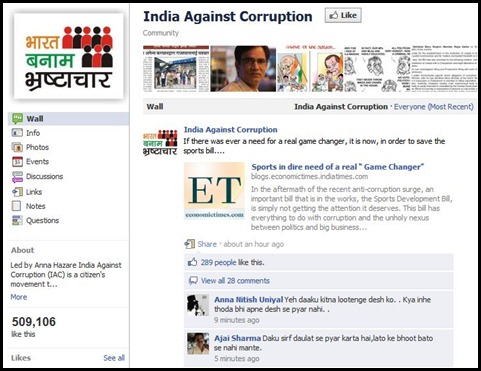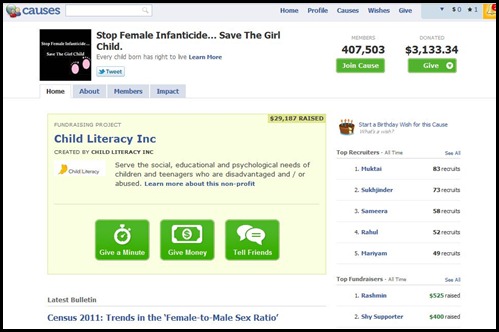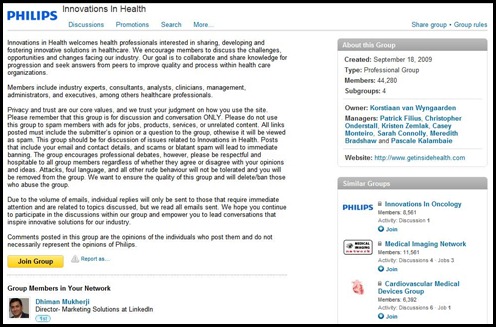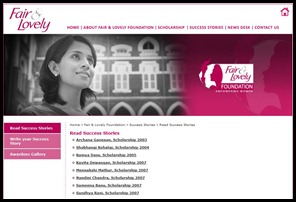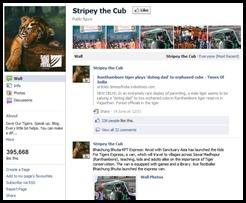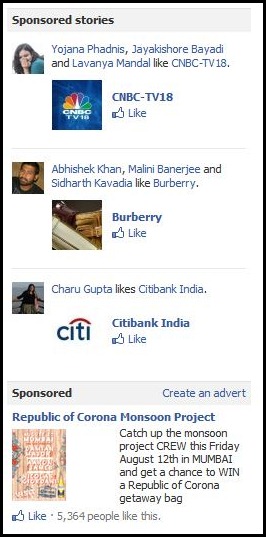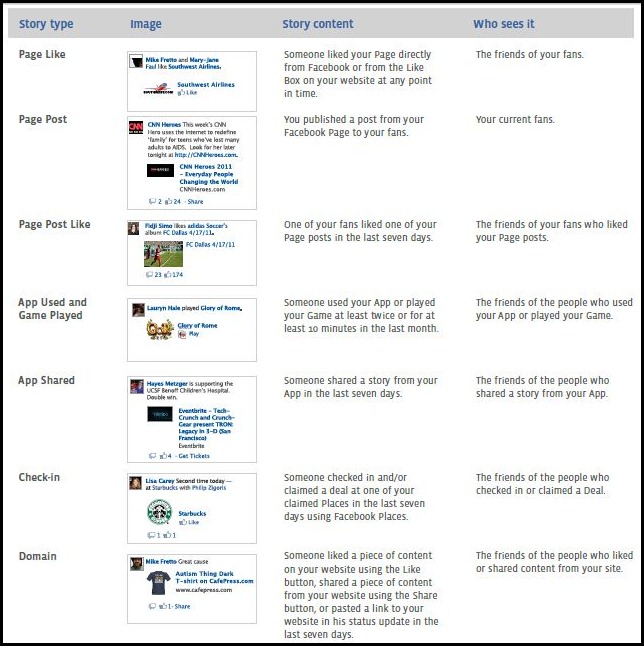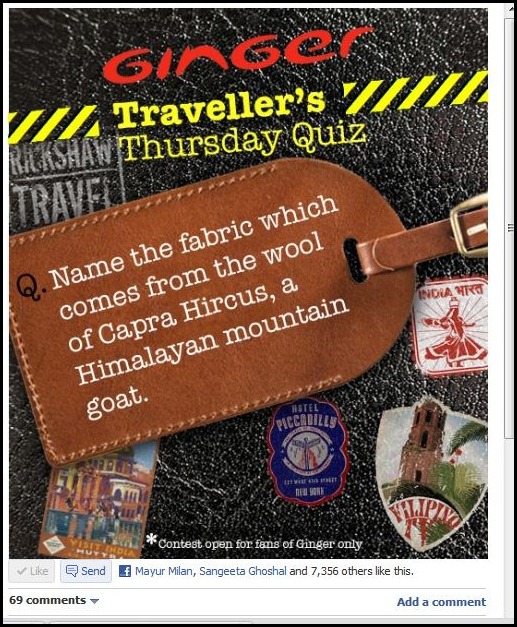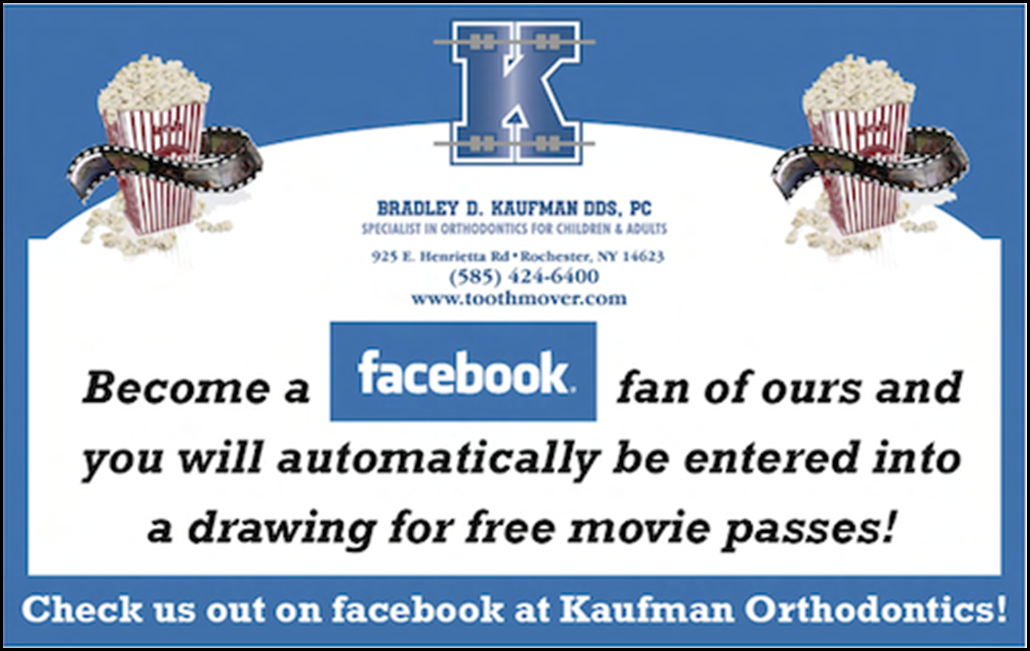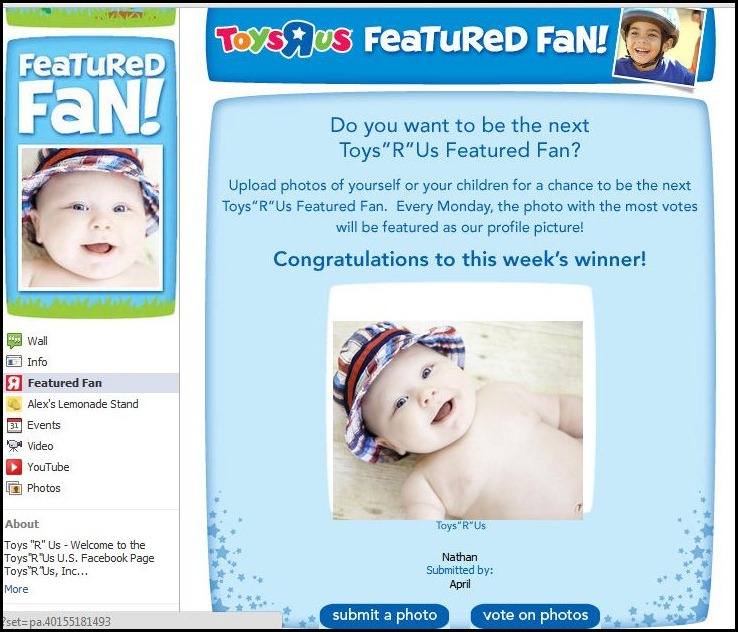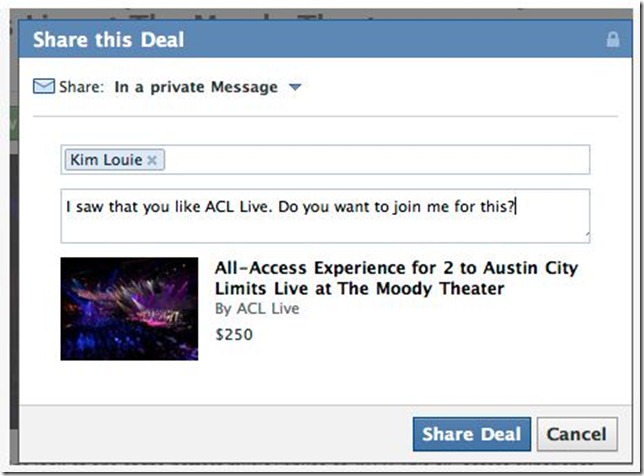Insight in to new Facebook Insights Part I
Continuing our discovery of the new Facebook Insights, we would now look at growth measurement tools that have been incorporated.
Section 3: Growth Measurement
3.1 Like Sources
Facebook included Like sources in the previous iteration of analytics, but this is now more advanced. This number used to be fairly arbitrary as organic Like sources within Facebook were simply expressed as ‘unknown’:
This has now been expanded upon to give a much more accurate view of how people are not only finding the Page, but also how they Like it. Importantly, this is split down for the different functionalities within Facebook. So, for example, one can now see how many Likes the page is getting as a result of another Page posting a link to the brand Page :
3.2 Demographic Reach
While Facebook offered access to the demographic breakdown of fans, now it gives the admins the ability to see the demographic breakdown of active fans. This shows information on age, gender and location for anyone that was exposed to the content, whether they are a fan of the Page or not. As this gives a more accurate indication of who is actually engaging with the content, one might find that if the demographic breakdown here is different to the demographic breakdown of the fans, then you need to adjust the content to better suit these engaged fans.
3.3 How you reached people?
This graph will allow admins to plot different visits to the Page based on how people were exposed to it. That is to say that if most people are finding the Page through ads, then there is a need to improve the organic content.
3.3.1
Another insight is ‘unique users by frequency’ that gives the average number of times someone engaged with a piece of content. So, for example, one can now see how many people were engaged with your content once, versus the number of people who were engaged with the content 3 times. This counts people that viewed the content, as opposed to commenting or Liking for example.
Verdict:
Overall it seems that Facebook has really jazzed up their insights with tools that give more or less a complete picture of the expanse to which the page admin can monitor developments without having to rely on external softwares. The various new tabs, sub tabs and sections introduced give a real time happening about the brand’s engagement with not only its primary audience (users) but the secondary audience too.
This development also means that as an owner one can gather various data and analytics and determine the course of the page. What kind of content is a hit with the users, what’s not, what will perhaps be received with much enthusiasm, by whom, how etc.
With features such as the Timeline and Subscribers already gaining popularity, carefully integrating the insights with these could only spell wonders for brands. Of course, it does not take away the fact that it becomes a little too complicated from a strategic viewpoint and the results are yet to be seen.






![clip_image002[6]_thumb[2]](https://windchimes.co.in/blog/wp-content/uploads/2011/11/clip_image0026_thumb2_thumb.gif)
![clip_image004[6]_thumb[2]](https://windchimes.co.in/blog/wp-content/uploads/2011/11/clip_image0046_thumb2_thumb.gif)
![clip_image006[6]_thumb[2]](https://windchimes.co.in/blog/wp-content/uploads/2011/11/clip_image0066_thumb2_thumb.gif)
![clip_image008_thumb[2]](https://windchimes.co.in/blog/wp-content/uploads/2011/11/clip_image008_thumb2_thumb.gif)
![clip_image010_thumb[2]](https://windchimes.co.in/blog/wp-content/uploads/2011/11/clip_image010_thumb2_thumb.gif)
![clip_image012_thumb[2]](https://windchimes.co.in/blog/wp-content/uploads/2011/11/clip_image012_thumb2_thumb.gif)
![clip_image014_thumb[2]](https://windchimes.co.in/blog/wp-content/uploads/2011/11/clip_image014_thumb2_thumb.gif)
![clip_image016_thumb[2]](https://windchimes.co.in/blog/wp-content/uploads/2011/11/clip_image016_thumb2_thumb.gif)





